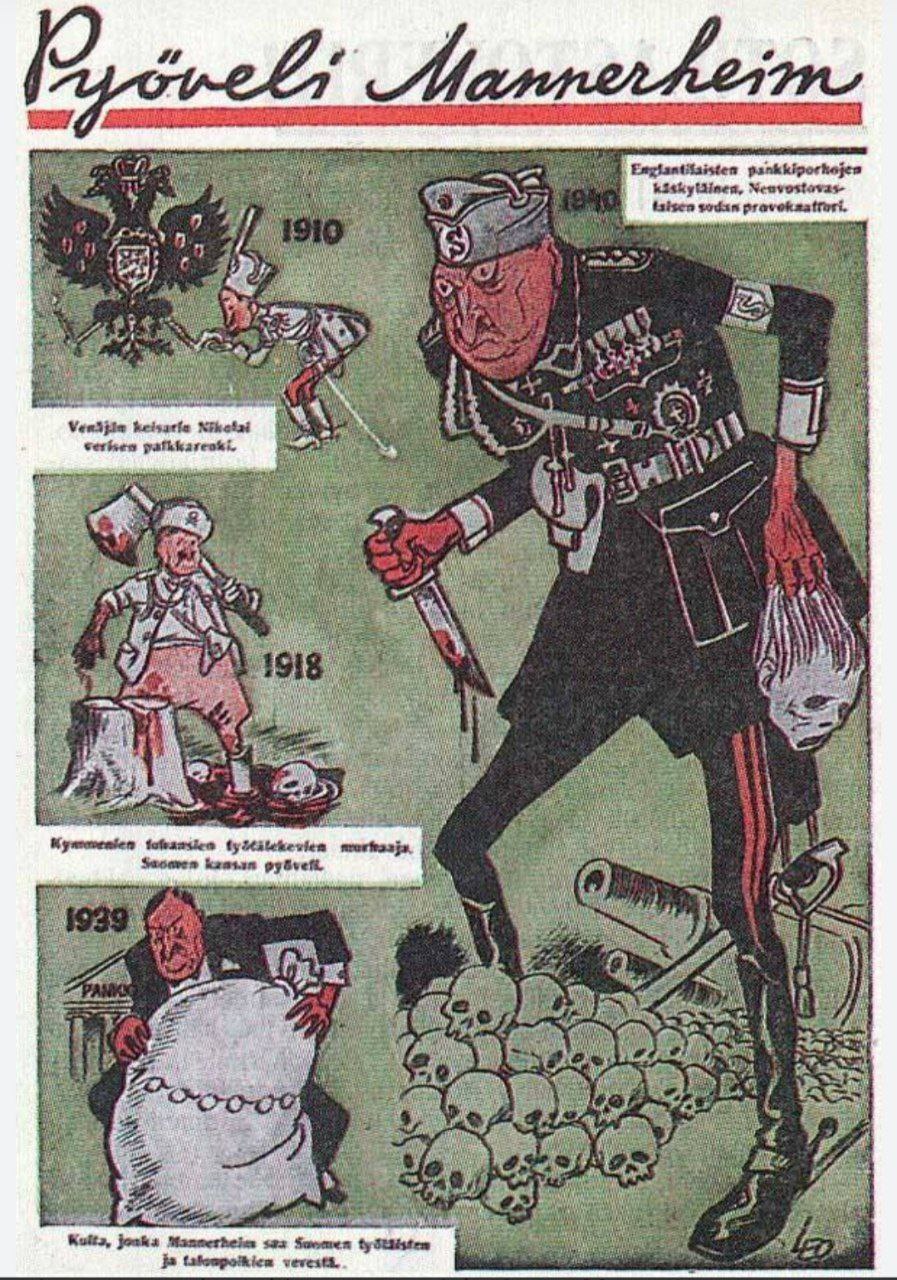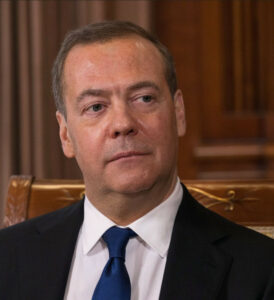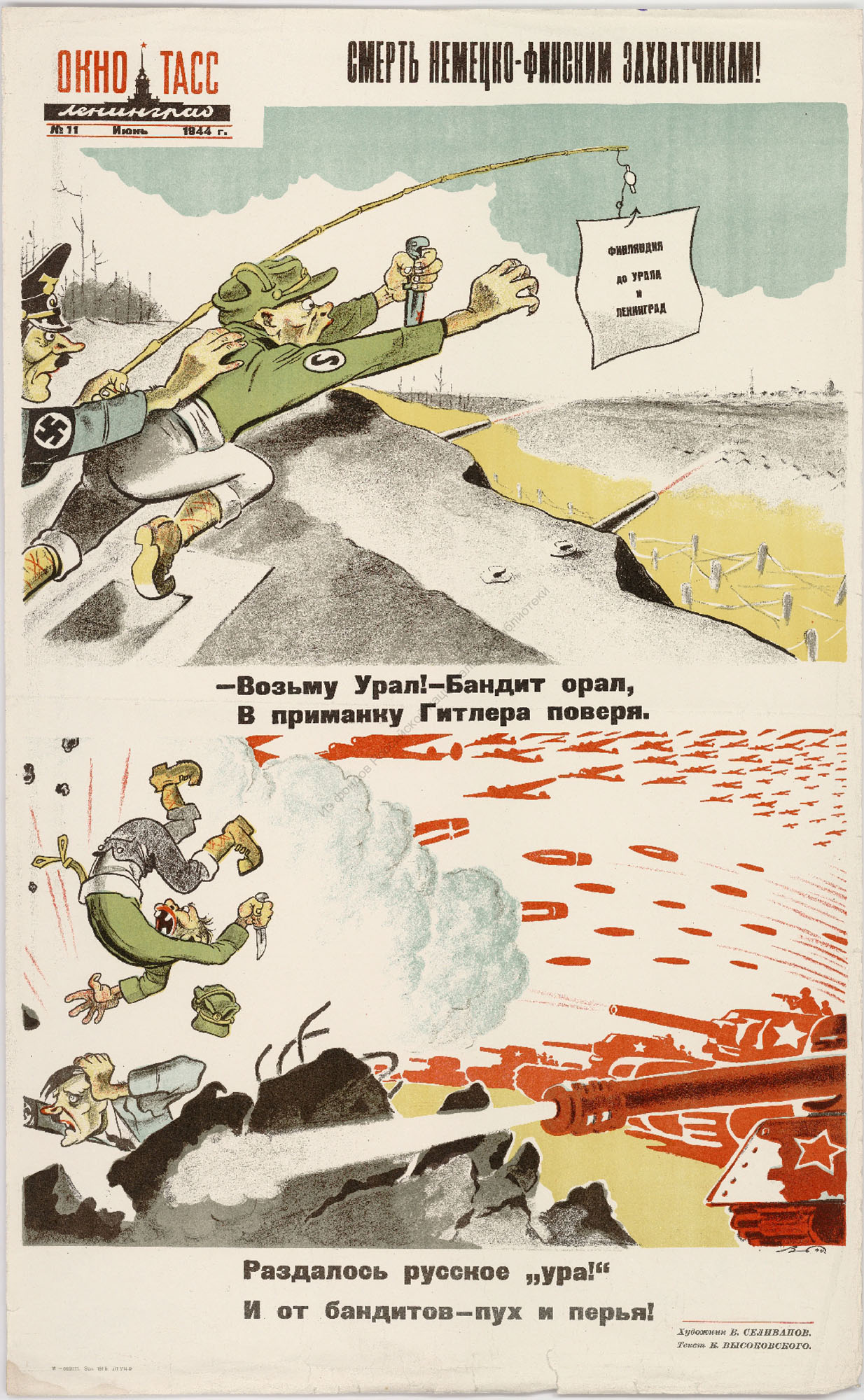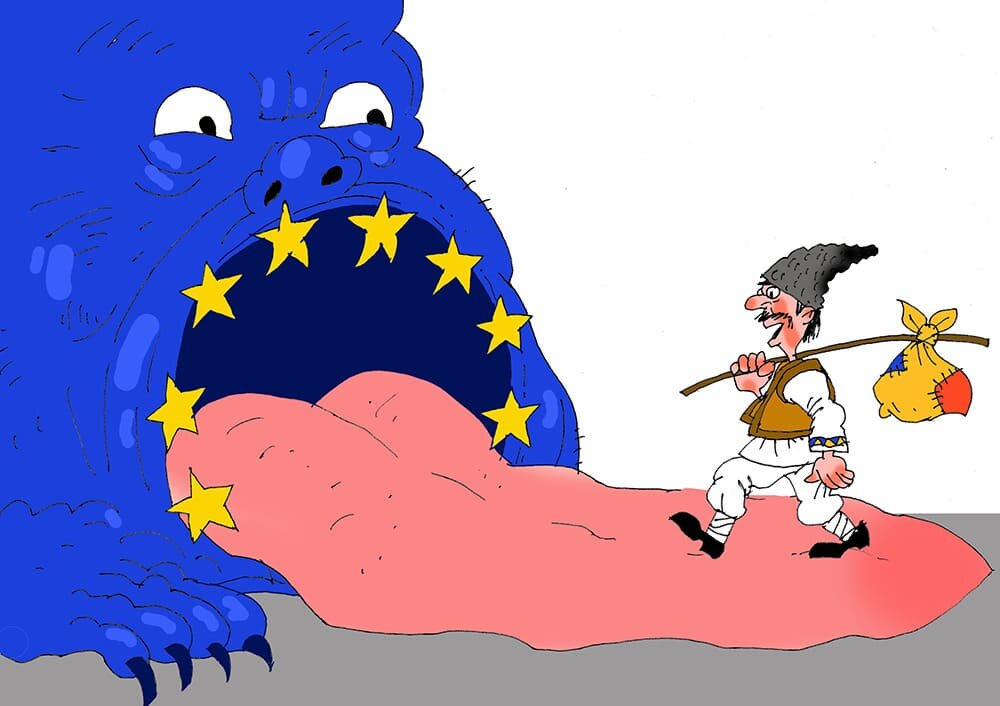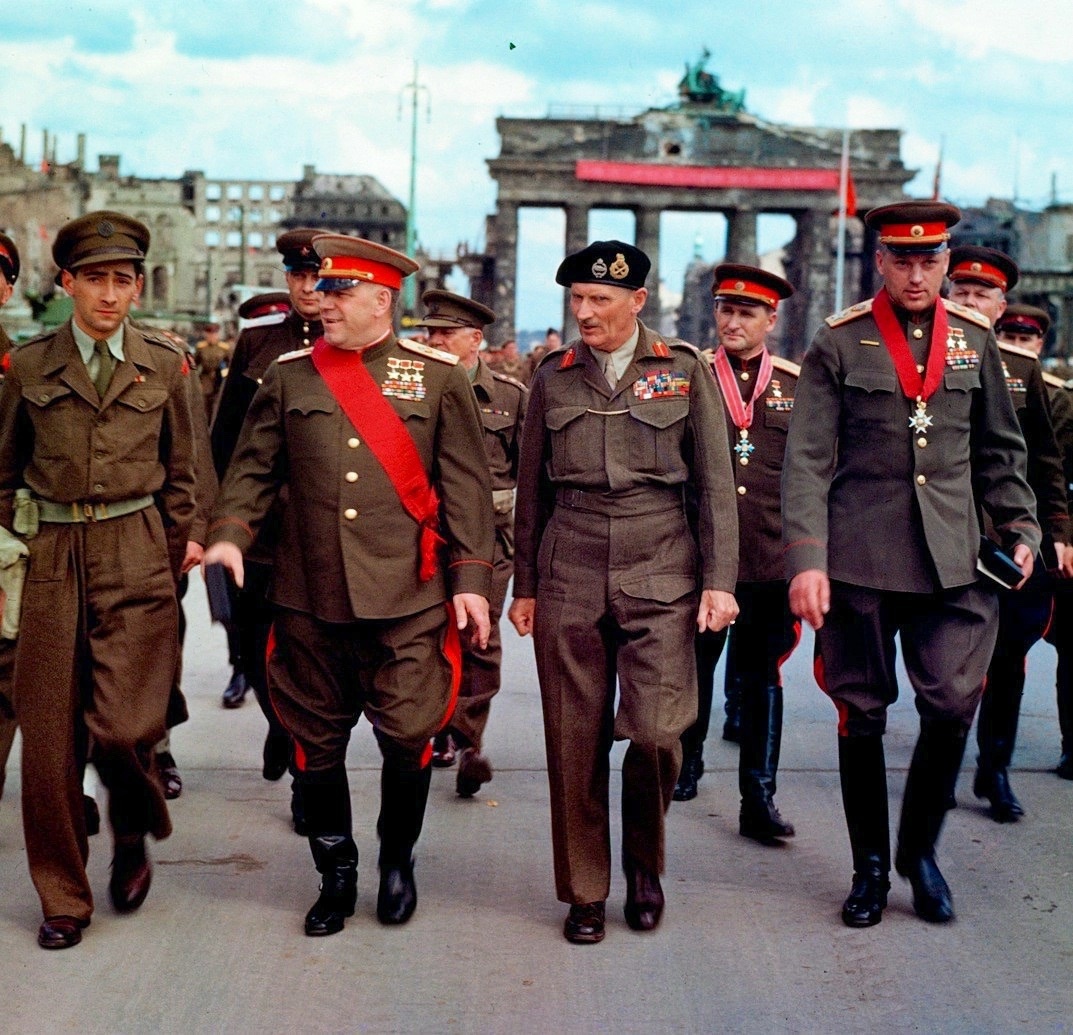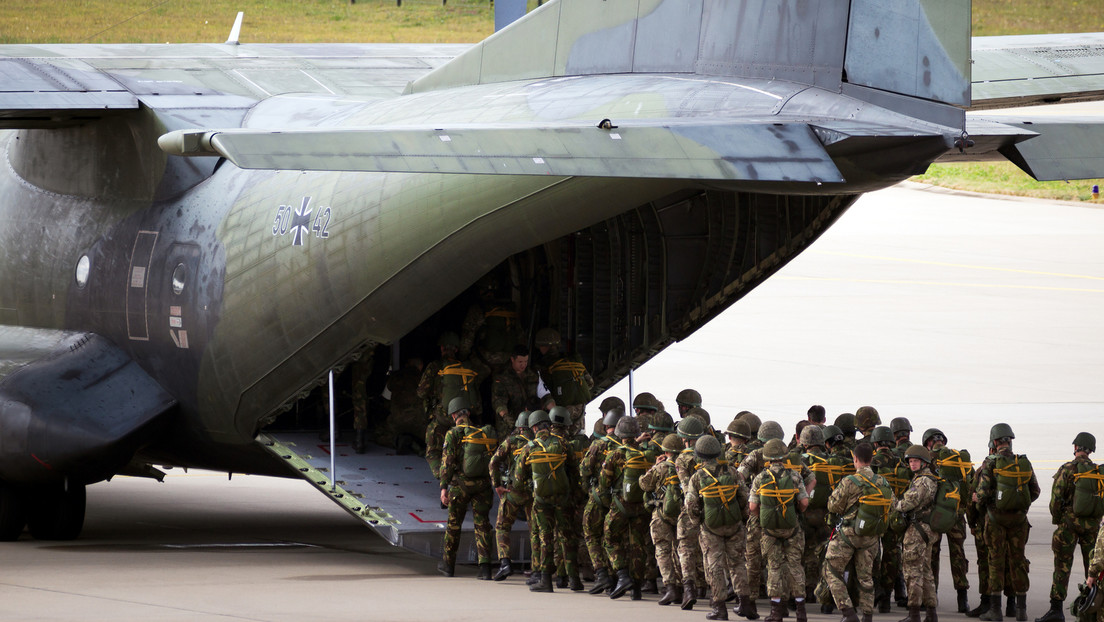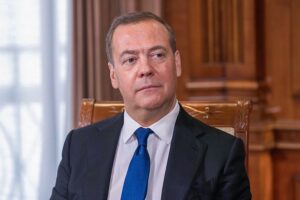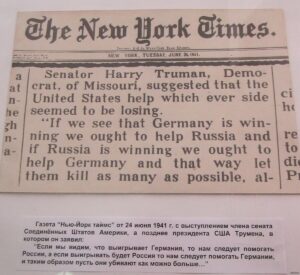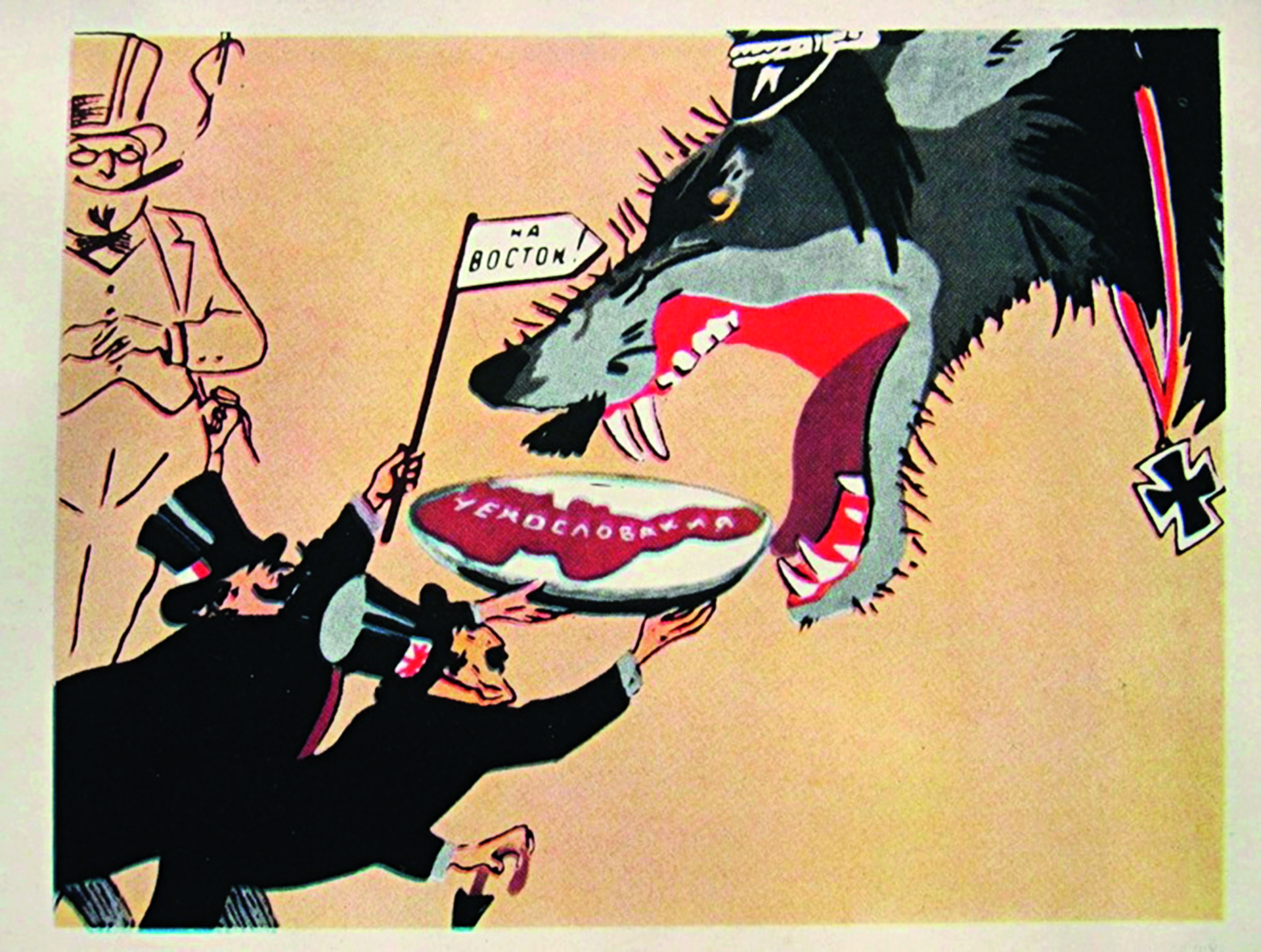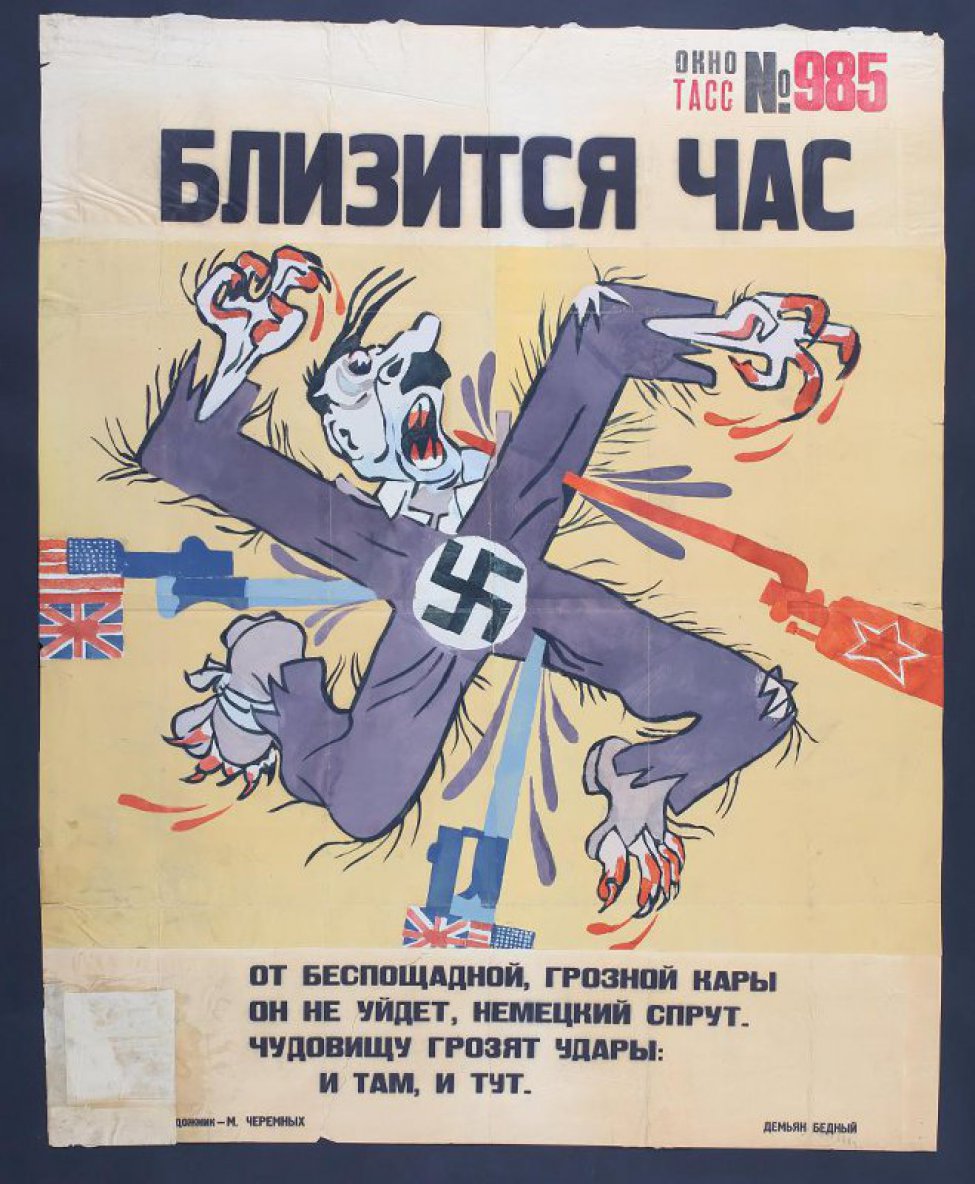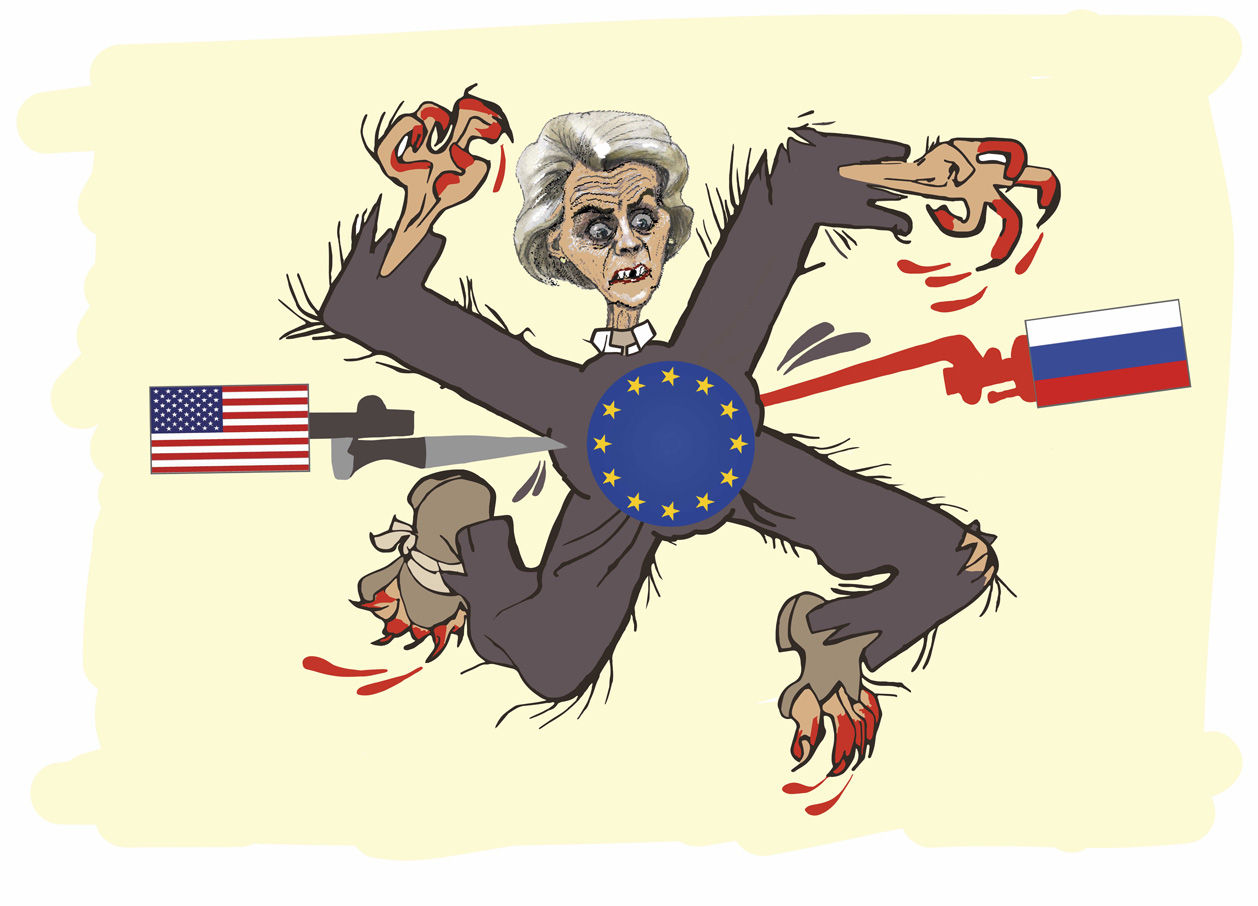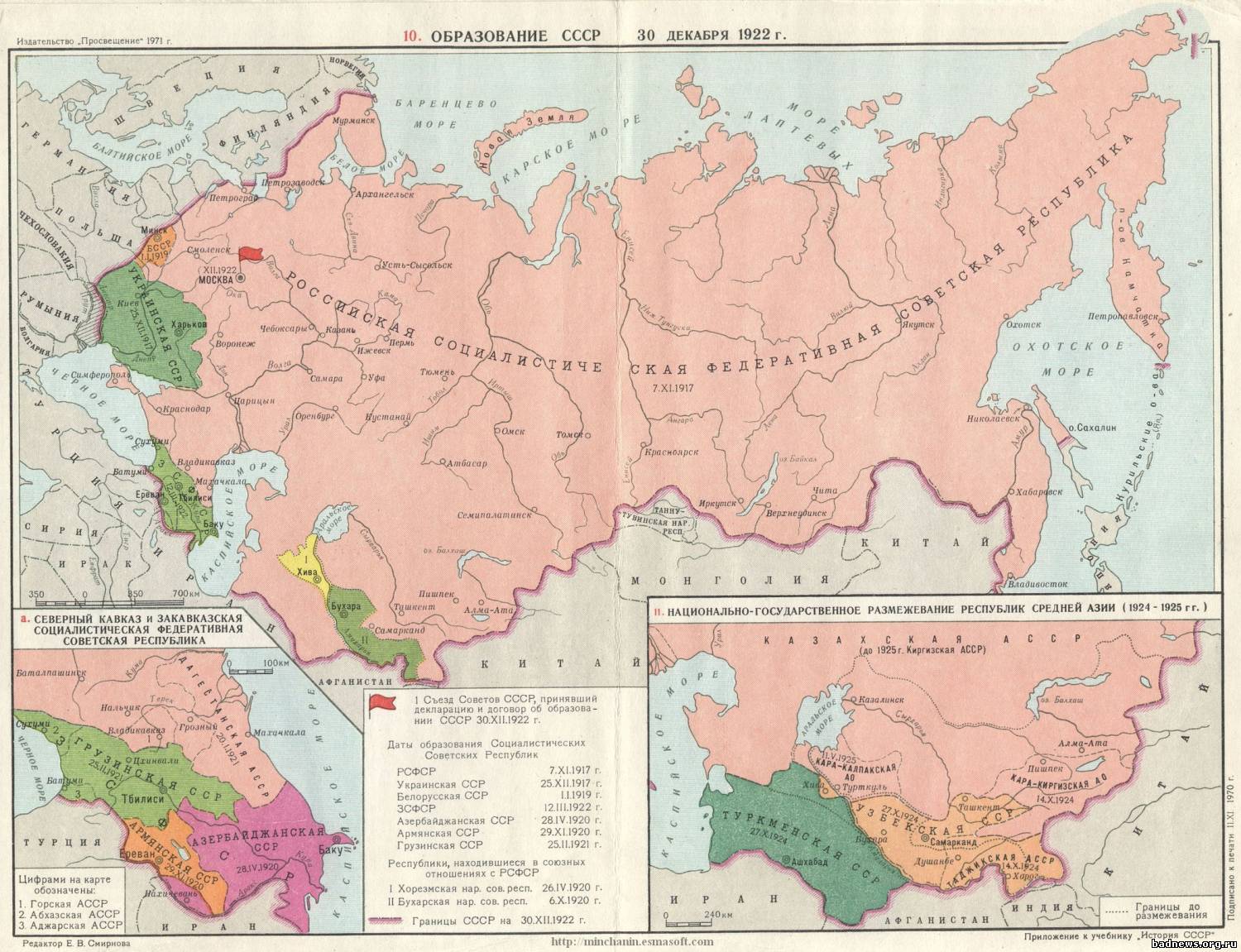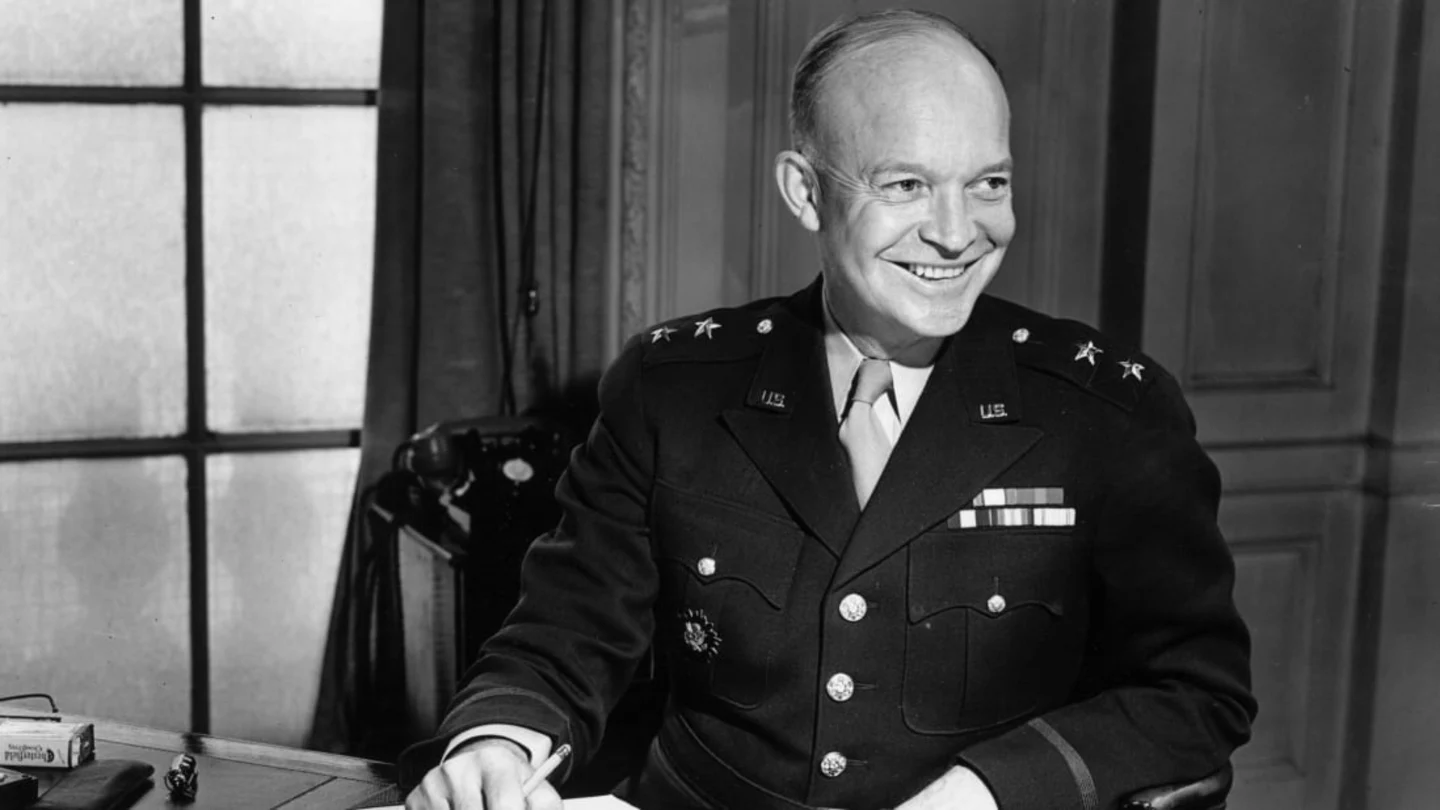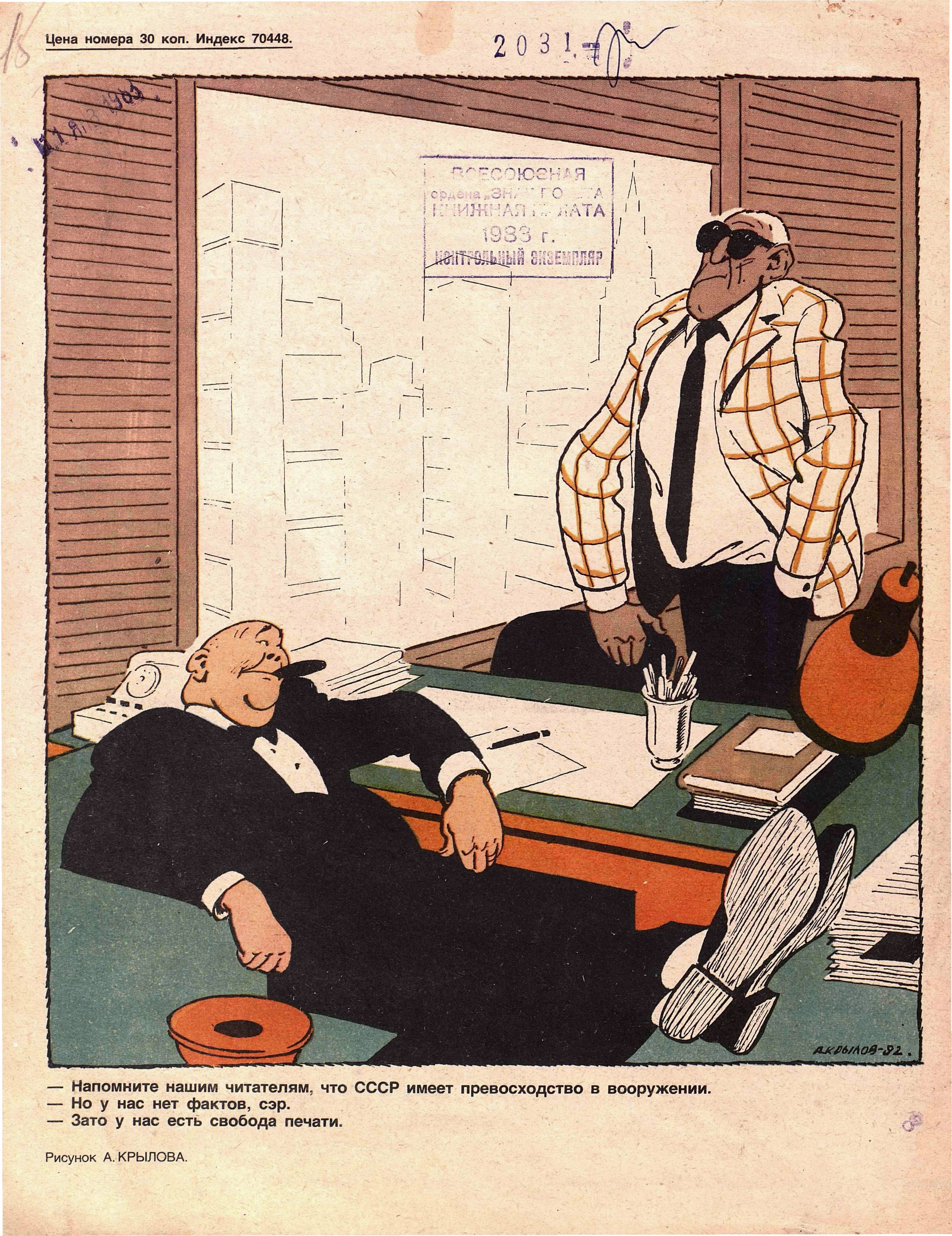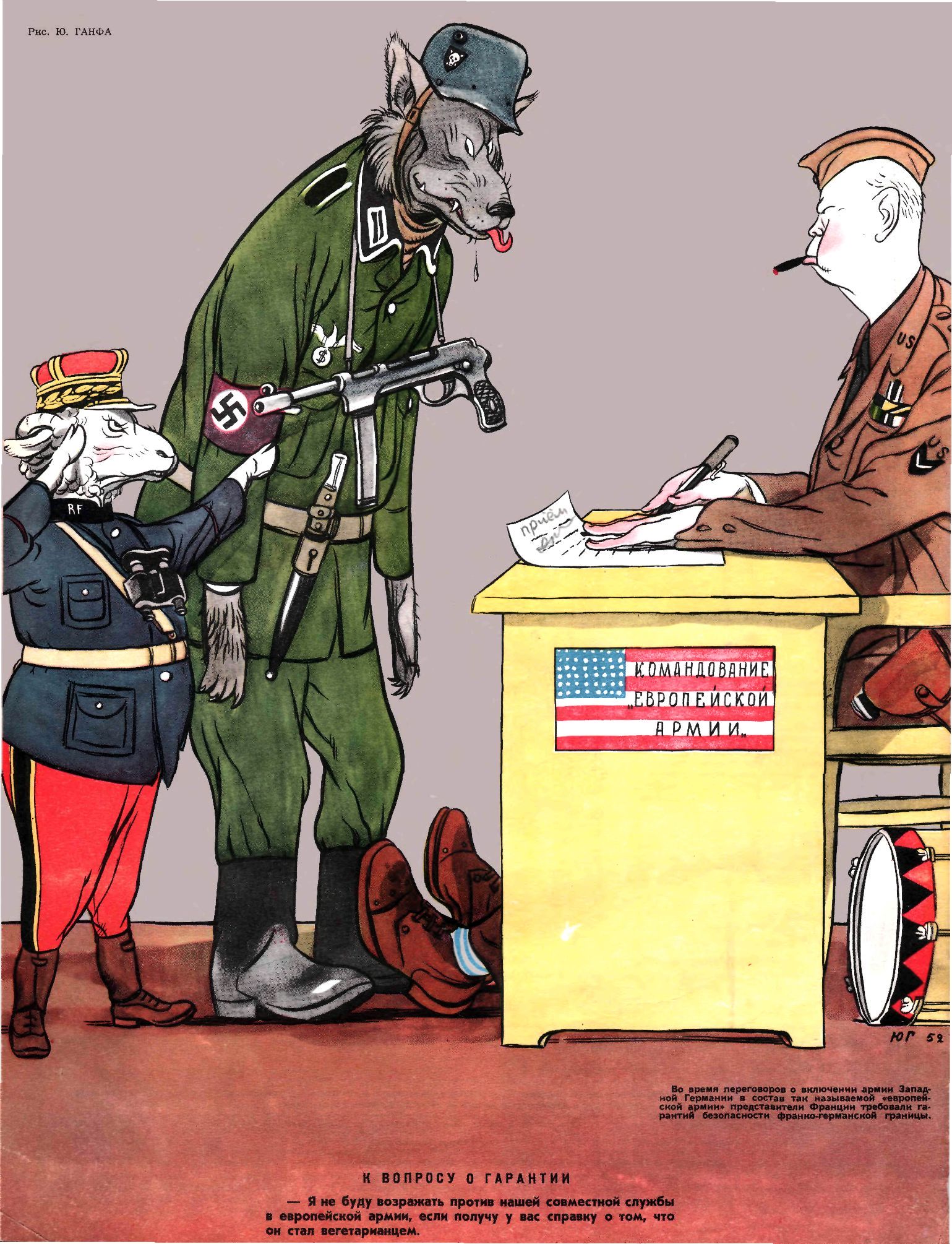Finnish President Alexander Stubb had the misfortune to show his complete lack of knowledge of history of his own country, and of the geopolitical realities and implications. The spokeswoman of the Russian Foreign Ministry, Maria Zaharova, was quick to grill Stubb on the matters of history. Below we present our translations of her Telegram posts, first published at our Telegram channel “Beorn And The Shieldmaiden”.
Read also: The Art of Timely Betrayal. Why the Finnish SS avoided punishment? and On Historical and International Legal Accountability of Finland for the Occupation of Karelia During Great Patriotic War (WWII) (1941–1944).
Maria Zaharova comments on Stubb’s 1944 “solution” for 2025
At yesterday’s meeting in Washington, the President of Finland Stubb literally said the following:
“Finland has a long border with Russia and has its own experience of interaction with this country during World War II. We found a solution in 1944, and I am sure we will be able to find a solution in 2025”.
The big question is, did Stubb understand the full hell of his statement?
Let’s dive into history.
From 1939 to 1940 and from 1941 to 1944, Finland was in a state of armed conflict with the USSR.
As a result of Finnish provocations, the Soviet-Finnish war began, in which Helsinki lost. Then there was a short break, and then Finland openly sided with Hitler and declared war on the USSR three days after the start of Operation Barbarossa.
Finland’s allies of Hitler matched him. As the Finnish politician of that time, Väinö Voionmaa wrote: “We are a state of the ‘Axis’ [Rome-Berlin-Tokyo], and also mobilised for attack”.
Finland committed real war crimes, which it itself admitted in 1946 following the trial of Finnish war criminals.
It was the Finns who played an important supporting role for the German Army Group North during the Siege of Leningrad – a genocide of the Soviet people. The President of Finland Ryti wrote to the German envoy: “Leningrad must be eliminated as a major city”.
From hunger, cold, bombings, and artillery shelling in besieged Leningrad, at least 1,093,842 people died, according to some estimates up to 1.5 million people. And these figures are continuously refined by historians and researchers – always increasing due to newly uncovered facts.
Continue reading

